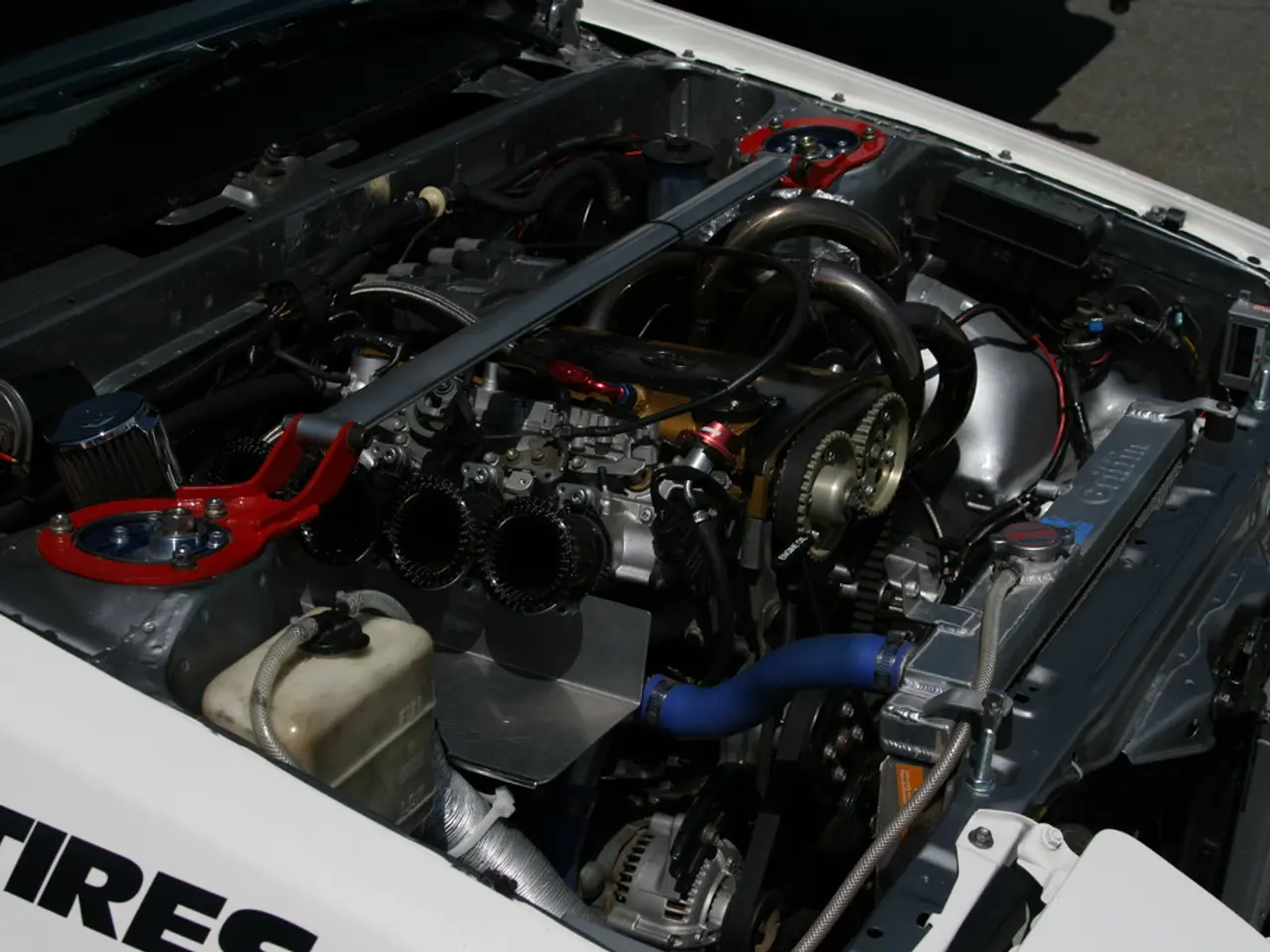Unraveling Bipolar Electrical Cells: A Detailed Overview
In the ever-evolving world of energy storage, bipolar batteries are making waves as a promising candidate for various applications. These innovative batteries, known for their unique design and exceptional performance, are poised to revolutionise the transportation, renewable energy, and healthcare sectors, among others.
Bipolar batteries demonstrate several advantages over traditional batteries, including reduced weight and size, improved energy efficiency, and higher power output. They also offer higher energy density, resulting in longer operating times and extended driving ranges, making them particularly attractive for electric vehicles (EVs) and renewable energy storage systems.
The latest advancements in bipolar battery technology have resulted in significant reductions in weight and cost, by around 30%, achieved through simplifying the internal battery architecture. This improvement in efficiency makes bipolar batteries an increasingly attractive option for large-scale energy needs.
Looking forward, bipolar batteries are expected to become standard in EV and grid applications by 2030 due to these benefits. Investment in this technology by battery manufacturers is encouraged to enhance product efficiency, while grid storage providers are advised to pilot bipolar batteries for large-scale energy storage.
In the medical field, bipolar batteries offer longer-lasting power sources for critical devices such as pacemakers and implantable defibrillators, enhancing the performance and safety of these life-saving medical devices.
Furthermore, ongoing research and development efforts are focused on optimising the production processes and addressing the technical hurdles associated with large-scale deployment of bipolar batteries. New electrode materials and electrolytes are being investigated to enhance the energy storage capacity and charge-discharge rates of bipolar batteries.
The bipolar design allows for continuous current flow from one cell to another, enhancing overall system performance. Another emerging trend is the integration of smart features into bipolar batteries, such as the use of sensors and monitoring systems to optimise battery performance and ensure efficient energy utilisation.
Bipolar batteries are also being explored for use in aerospace applications, portable electronics, unmanned aerial vehicles (UAVs), and grid stabilisation systems. The future prospects for bipolar batteries include becoming a standard, cost-effective solution for EVs and grid storage, potential integration with other innovations in battery chemistry and manufacturing technologies, and encouragement for manufacturers and startups to explore commercial developments and partnerships expanding bipolar battery adoption.
In summary, bipolar battery technology is poised for notable growth and wider commercialization, driven by efficiency gains and economic advantages, contributing to the transition towards more sustainable and cost-efficient energy storage systems globally.
Psychology and health-and-wellness stand to benefit from advancements in bipolar battery technology. As these batteries offer longer-lasting power sources for critical medical devices like pacemakers, they could potentially improve the quality of life for individuals suffering from various medical-conditions. Moreover, technology-driven progress in optimising production processes and integrating smart features could streamline the production of bipolar batteries, ultimately making them more accessible to sectors such as psychology and health-and-wellness.




